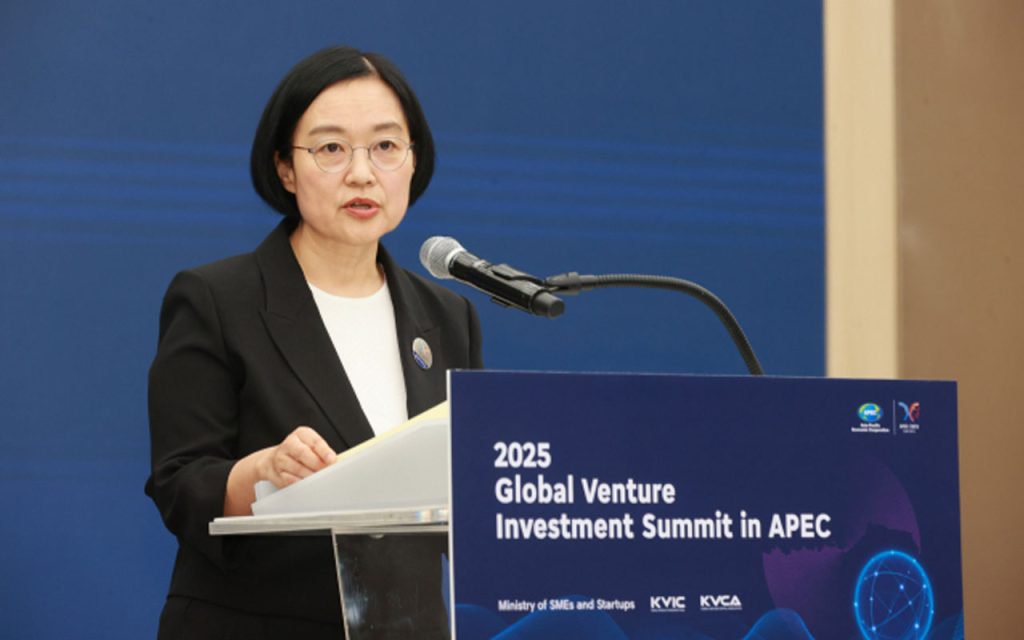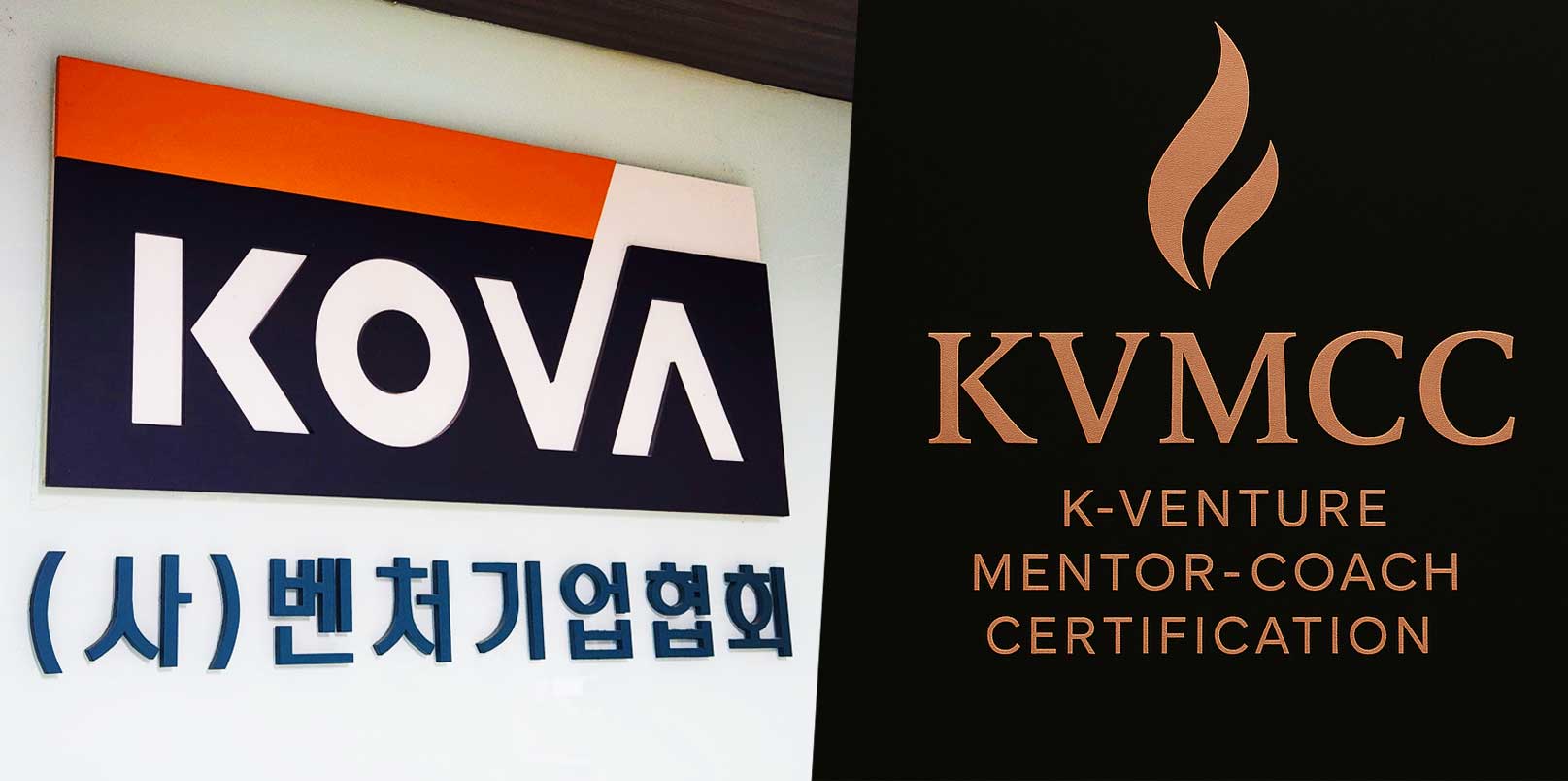The Global Venture Investment Summit in APEC 2025 drew record-breaking participation in Jeju, underscoring how venture capital in Asia is being reshaped by liquidity pressures, funding gaps, and the urgent need for cross-border collaboration. Beyond investor roadshows, the summit revealed why Korea is positioning itself as a connector economy — and how global LPs and VCs are reassessing challenges and partnership needs across the region.
Korea Brings Worldwide Capital Together at Global Venture Investment Summit in APEC 2025
At the heart of APEC SME Week 2025 in Jeju, the Global Venture Investment Summit brought an unprecedented 147 institutions from 17 countries together on September 4.
The gathering — the largest single venture investment event ever hosted in Korea — signaled how deeply capital flows, policy, and startup ecosystems are now intertwined across the Asia-Pacific.
More than 250 participants, including government agencies, venture capital firms, limited partners (LPs), and global investors, convened to debate how the venture market can adapt to interest rate pressures, delayed exits, and funding gaps in growth stages.
And for South Korea, the scale of this event was as much about ecosystem diplomacy as it was about capital: showcasing the country’s startups to a global audience while positioning itself as a hub for Asia-Pacific venture activity.
Liquidity Crunch and Series B/C Gaps Take the Spotlight
One of the clearest messages from Jeju’s Global Venture Investment Summit in APEC 2025 was that Asia’s venture market must look beyond national borders to grow.
Rebecca Xu, Chair of the Hong Kong Venture Capital Association, argued that trust and collaboration are as critical as capital:
“Technology has no borders. Yet we rarely see Korean VCs in China, and the lack of exchange is a weakness that must be addressed.”
Xu also noted that China’s downturn over the past five years was less about finance and more about confidence — with entrepreneurs, investors, and consumers alike losing trust. She pointed out that while government measures since late 2024 are improving sentiment, investors now demand higher risk premiums.
Le Hoang Uyen Vy, Chair of the Vietnam Private Capital Association, spotlighted Vietnam’s underdeveloped market: private investment still hovers at only $2.3 billion, far short of economic demand. Early-stage capital is available, but Series B and C funding gaps remain wide, leaving many ventures stranded between seed funding and scale.
“International cooperation and the alignment of multi-stage investors are essential. Government-backed funds alone cannot fill the void,” she warned.
Ken Yasunaga, Global Chair of the Japan Venture Capital Association, showed how Japan’s ecosystem is shifting:
“Forty percent of graduates from top universities are choosing startups. Foreign founders are rising, university and corporate spin-offs are spreading, and the government has created a $500 million fund to directly support R&D. Given structural similarities, Korea and Japan can achieve fast results by sharing supply chains and customer bases.”
LPs Point to Secondary Markets as a Release Valve
The liquidity issue dominated discussions from the perspective of limited partners.
Troy LeMaile-Stovall, CEO of TEDCO, said exit delays risk choking innovation:
“If capital is locked up at late stages, follow-on rounds freeze, and the bottleneck pushes all the way back to seed. That slows innovation at the very beginning of the cycle.”
David York, Founder of Top Tier Capital, explained how high interest rates are pushing LP money into mega-funds, squeezing out mid-sized managers:
“Secondary markets are the only release valve we have right now.”
Despite the strain, York struck an optimistic tone, noting 12 acquisitions in healthcare and enterprise software globally over the past six months and strong IPO candidates waiting for better conditions. He compared the current atmosphere to the mid-1990s, hinting at an upcoming rebound.
“Asia remains especially attractive because the middle class is growing, valuations are rational, and opportunities still exist despite geopolitics.”
Korea Positions Itself at the Center of APEC Venture Networks
The summit was not only about diagnosing problems; it was also about defining Korea’s role as a bridge in the Asia-Pacific venture ecosystem.
Minister of SMEs and Startups Han Seong-sook welcomed participants by underscoring the scale of APEC’s venture market:
“APEC accounts for over 70% of global venture investment. This summit is a platform for Korea to rise beyond its position as a manufacturing and IT powerhouse and become a hub for innovation across Asia.”

The program included three structured sessions:
- A global market outlook from BlackRock and Preqin.
- A panel on regional cooperation among APEC VCs and LPs.
- A Korean ecosystem IR session, where companies like Rebellions (AI semiconductors), Musinsa (fashion), The Pinkfong Company (IP), and Autonomous A2Z (autonomous driving) presented to investors. Samsung Securities also briefed global attendees on Korea’s capital markets.
By connecting Korean startups to global capital pools, MSS highlighted that Korea’s broader ambition to become a top-four venture powerhouse is being advanced through ecosystem diplomacy..
Global Venture Investment Summit in APEC 2025: Key Takeaways for Asia-Pacific Startups
The Global Venture Investment Summit 2025 showed how venture capital in the Asia-Pacific is shifting from siloed, domestic plays to cross-border alignment.
From the event’s result, Asia-Pacific startups may learn several takeaways:
- Liquidity is the defining challenge, with secondary markets viewed as the most realistic solution.
- Series B and C remain critical funding gaps in emerging markets like Vietnam.
- Confidence and trust — not just capital — drive market stability, as seen in China’s example.
- Korea is positioning itself as the connector economy, offering a platform for startups, LPs, and policymakers across APEC to meet and collaborate.
Ultimately, Asia’s venture capital has increasingly moved further from local to regional for founders. Yet, it also puts pressure on policymakers to institutionalize cooperation mechanisms that prevent bottlenecks. And in the end, for investors, Korea is signaling that it intends to anchor Asia’s next decade of innovation-led growth.
– Stay Ahead in Korea’s Startup Scene –
Get real-time insights, funding updates, and policy shifts shaping Korea’s innovation ecosystem.
➡️ Follow KoreaTechDesk on LinkedIn, X (Twitter), Threads, Bluesky, Telegram, Facebook, and WhatsApp Channel.






